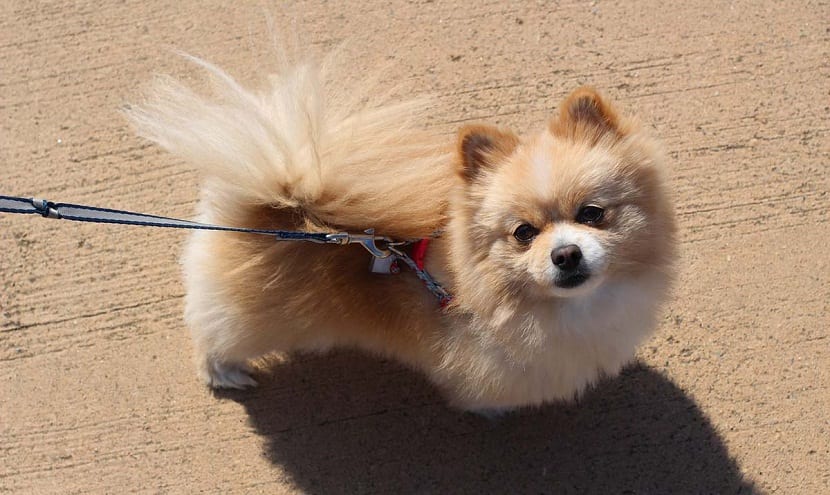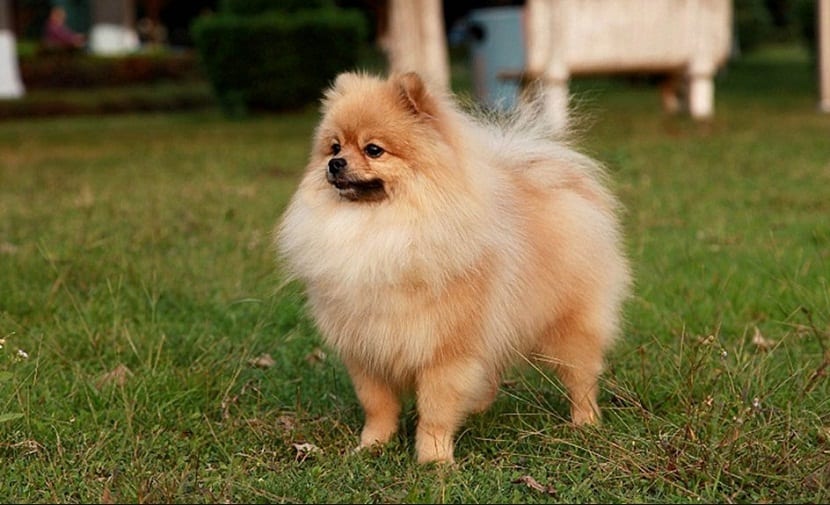
The Pomeranian Lulu dog breed is among the miniature dog breeds that have conquered European royalty. Its popularity was remarkable before the First World WarAfter this warlike confrontation, the charm that the breed produced among the public diminished, most likely due to its German origin.
Small breed dogs tend to have an undeniable magnetism for court women. The fame of the Pomeranian was replaced by the Pekingese and the George Share TerrierHowever, today it has regained its popularity and evolution has favored both its charming appearance and its character.
History and origin
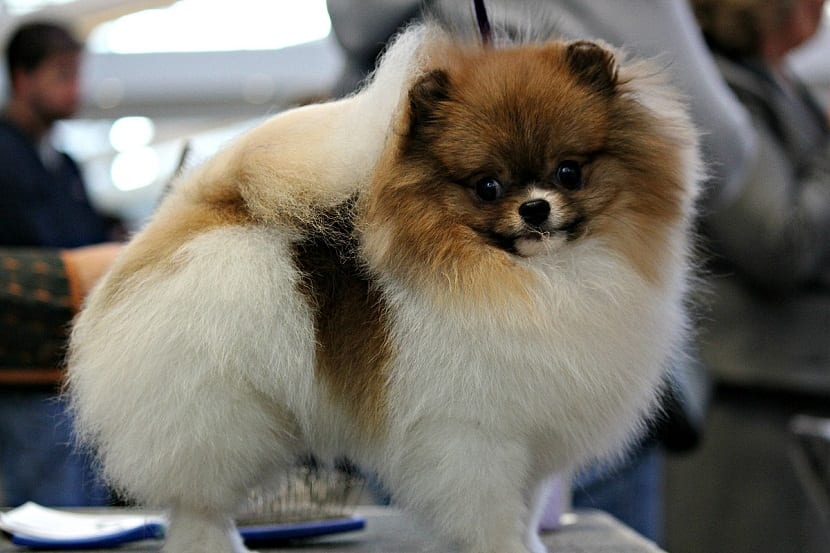
The Pomeranian Lulu is also known by the names of Dwarf Spitz, German, Pomeranian or simply Pomeranian. It owes its name to the German region from which it comes known as Central Pomerania and that it belonged to Germany, although it is currently Poland. The name of ancient Pomerania means territory by the sea.
Their ancestors were larger in stature and went on to perform as fierce sheepdogs and sled dogs in Lapland and Iceland. These specimens weighed around 20 Kg. It has been well documented by breeders that upon arrival in England this breed weighed around 10 kg, had a great coat and was adapted to urban life. The first to introduce the breed to British royalty was Queen Charlotte of Mecklenburg-Strelitz. Nevertheless, it was his granddaughter Queen Victoria who brought the breed great fame and popularity when he returned from his vacation in Florence Italy with a specimen of the breed named Marco, which is known to have not exceeded 6 kg.
Although Queen Victoria's Pomeranian was not of such a small size, there is confusion as to whether at the time and the size of the pet was small. The reason is that XNUMXth century paintings are preserved where quite small Pomeranians are observed. Although their ancestors were larger and used as working dogs, once they caught the attention of royalty they began genetic crosses based on Mendel's theory to reduce size and increase the number of pups.
Today the breed has recovered its breeding ethics and its standards are well established by the main dog clubs around the world. These small canine pets considered Toy dogs have successfully reduced their size and considerably improved their character.
Physical characteristics of the Pomeranian Lulu breed
At present, the Pomeranian dog weighs between 1,8 and 2,5 Kg and the lushness of their fur gives them the appearance of a small stuffed animal. The body is well proportioned, the head is triangular in shape and has a short, pointed muzzle. The color of the nose depends on the coat, its eyes are medium, almond-shaped and dark. It has erect, set-high ears and a furry tail that folds over the back. It has a double-layered coat, the outer being long and hard and the shorter and smoother internal. The coat can be of different colors such as: cream, brown, spotted, blue and sand and it is one of the most popular small-sized dog breeds.
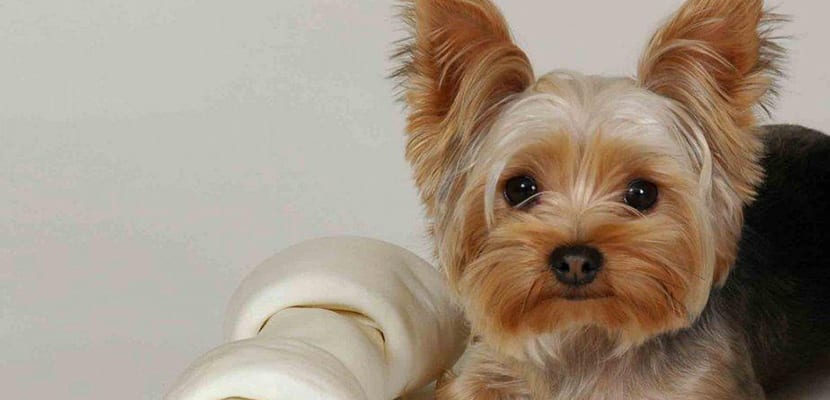
Temperament
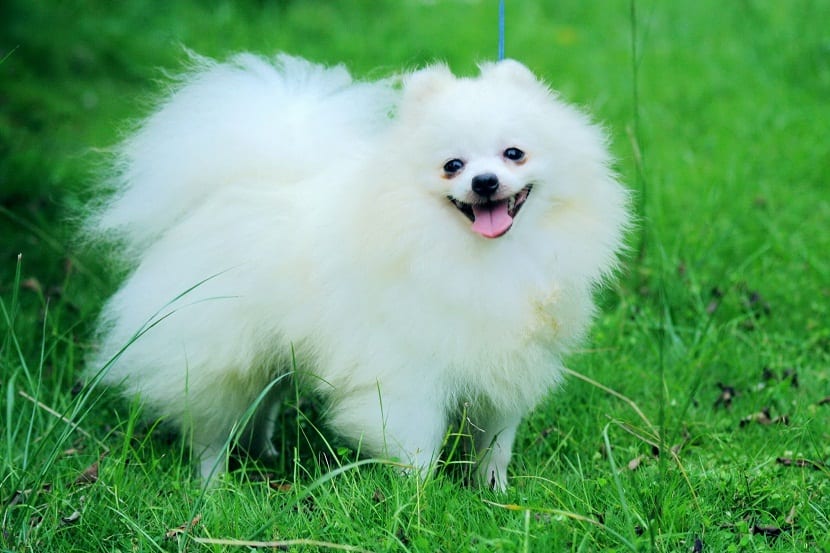
El Pomeranian Lulu tends to be very friendly, affectionate, cheerful and as a good companion dog, he enjoys being around his master, appreciating pampering. This leads them to be possessive and protective of their owners. Thanks to their high-pitched and incessant barking, they make excellent alarm dogs. To avoid that their dominant character prevails or that they can develop a bad character, it is essential to socialize them and educate them with positive reinforcement from a young age. Their natural bravery does not lead them to measure the superior conditions of their opponents., so you have to be vigilant when they feel nervous or threatened.
Fun facts
- There is documentation of ancestors of the Pomeranian Lulu dating back to ancient Greece.
- The Pomeranian was really a medium-sized dog.
- Queen Victoria popularized the breed in England.
- The popularity of the Pomeranian Lulu breed declined after World War II because it was a breed of German origin.
- Of the three dogs rescued from the Titanic, one is known to be a Pekingese and the other two Pomeranian. The female Lady was saved with her owner Margaret Hays.
- During the fame and popularity of the Pomeranian in the XNUMXth century, this pet was so in demand that a female dog had three litters before she was two years old.
- The Pomeranian has been the breed that has been sold the most expensive, reaching a baby worth up to 280 euros.
Care, health and diseases
The strictest care that must be taken with the Pomeranian Lulu is that of the coat. Due to how thick it is, it is recommended to brush it daily or three times a week at least. The veterinarian should be consulted about the breed-specific hygiene products that should be purchased.
The pet should be prevented from acquiring some type of parasites, ticks or mites that affect the skin. The bath should be done every six or eight weeks to avoid allergies and loss of essential oils. It is very important to follow skin care to avoid diseases such as alopecia X for the pet. This disease, which is characterized by the loss of fur, usually begins on the tail and spreads later throughout the rest of the body.
Food is also a very important issue Due to its small size, it is not recommended that they be overweight. The ideal is a feed of excellent quality, preferably dry and give them to gnaw on bones to collaborate with dental hygiene.
Visiting the vet once a year and keeping his vaccinations up to date is an essential part of Pomeranian care. Like take them for a walk every day for 30 minutes, since their size does not require much exercise. The main thing is to be careful not to hurt them, since they are too small to tolerate involuntary abuse such as footsteps.
Well taken care of they can become very long-lived, living for periods between 12 and 16 years. Hereditary diseases that must be aware of both to diagnose them in time and to prevent or treat them are patella luxation and hip dysplasia, patent ductus arteriosus, collapsed trachea, keratoconjunctivitis sicca, cataracts, follicular dysplasia, hypothyroidism, epilepsy and hypoglycemia.
